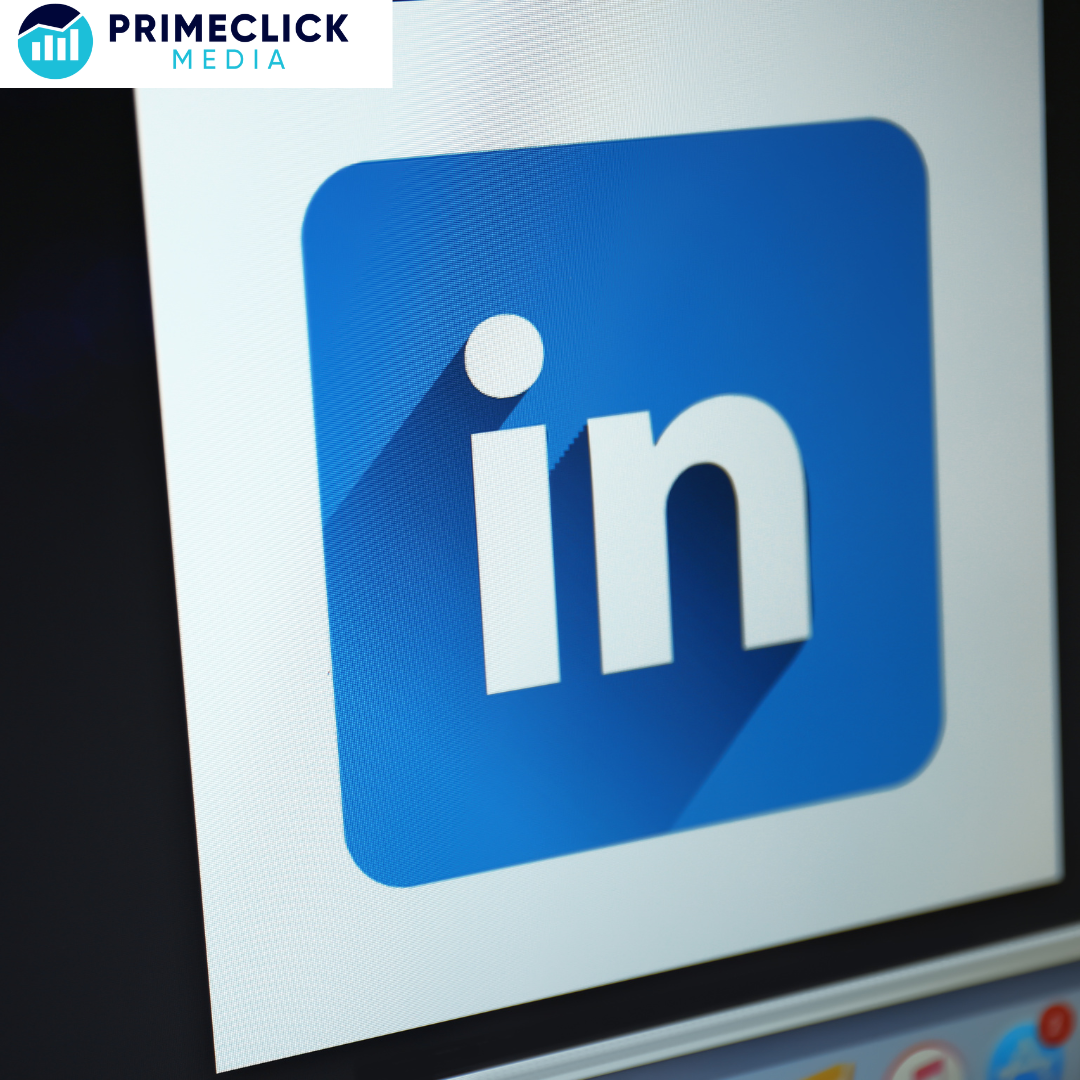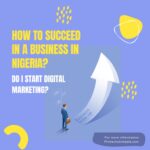Have you ever wondered why some LinkedIn profiles gain high engagement, views, and connections, while others seem to be overlooked? We’ve explored this question and discovered that it’s not solely about your photo’s charm or the awards you’ve earned. In reality, a remarkable LinkedIn profile relies on a slightly more “technical” aspect. Much like Google, LinkedIn has its SEO strategies at play.
LinkedIn has evolved significantly, boasting over 950 million users. It has transformed from a mere digital repository for resumes into a vibrant marketplace, an invaluable networking hub, and, yes, a search engine. Whether you aim to enhance your brand, showcase your business, or connect with like-minded professionals, your visibility in LinkedIn searches can significantly impact your opportunities.
As you scroll through your feed, you probably notice certain individuals repeatedly appearing. This phenomenon is the result of LinkedIn SEO at work, and we can assure you, it holds the keys to success. Let’s delve into the realm of LinkedIn optimization and illuminate your profile more brilliantly than ever before. Are you ready? Let’s embark on this journey.
Why SEO is Important for LinkedIn Success
In the modern digital world, you’ve likely come across the adage, “If you’re not on the first page of Google, you’re invisible.” While it may sound a bit dramatic, it holds some truth. SEO, which stands for search engine optimization, is the key to securing a spot on that sought-after first page. It guarantees that your content or website reaches the maximum audience. But why should Google have all the excitement?
Welcome to LinkedIn, the platform where professionals from all over the world gather to connect, share insights, and foster their growth. However, with hundreds of millions of profiles, distinguishing yourself can be quite a challenge. This is where LinkedIn SEO becomes essential.
Through profile optimization tailored to LinkedIn’s search algorithm, you enhance your prospects of being visible in pertinent search results. Whether someone is seeking a digital marketing specialist or an innovative artist, optimizing your profile is the key.
This isn’t merely about superficial statistics. Appearing in search results can open doors to new job opportunities, productive collaborations, business partnerships, or even the simple expansion of your professional network.
While a well-crafted LinkedIn profile might make you feel like the central figure in your narrative, it’s crucial to recognize the broader perspective, especially for businesses. Delve into the realm of LinkedIn SEO to discover a wealth of opportunities. By optimizing your presence, your company can not only increase its visibility in search results but also become the first name that prospective clients and top-tier talents encounter in their searches.
Think of it as setting up a bright billboard in the most bustling part of town. Before you know it, you’ll have clients expressing interest and highly skilled professionals submitting their resumes. So, although SEO might initially sound technical, its ultimate goal is quite straightforward: more visibility leads to more opportunities. And who wouldn’t want that?
Ranking Factors for SEO on Linkedin
Similar to other search engines, LinkedIn doesn’t reveal all the fine details of its algorithm. Nevertheless, by conducting thorough testing, analyzing data, and employing a touch of SEO expertise, we’ve pinpointed some essential ranking factors to concentrate on:
- Relevance: Relevance is a significant factor on LinkedIn, and it’s all about how well your profile or content aligns with what the searcher is looking for. This is influenced by elements such as your headline, summary, work experience, and the skills you showcase.
- Engagement: Engagement is another critical aspect. If your content, whether it’s posts, articles, or videos, garners likes, shares, and comments, LinkedIn considers it valuable and gives it a boost in search results and even in users’ news feeds. You might also notice your connections appearing in LinkedIn stories, offering additional visibility.
- Personal connections: Personal connections play a role as well. The strength of your connections matters. Your first-degree connections are more likely to see your content, but if they engage with it, your content can reach their connections, creating a ripple effect.
- Keywords: Keywords are essential, much like traditional SEO. The right keywords can significantly impact your visibility on LinkedIn. It’s vital to incorporate these keywords in your headline, summary, or work experience to ensure they accurately reflect what you do and what people might search for.
- Profile Completeness: A well-rounded profile, often called achieving an “All-Star” status by LinkedIn, is visually appealing and prioritized in search results.
- Regular Activity: The algorithm favors active users. This entails consistently posting, commenting, and even performing simple actions like updating your profile or endorsing skills, which can provide you with a slight advantage.
- Recommendations & Endorsements: To gain LinkedIn’s favor, it’s beneficial to accumulate endorsements for the skills you’ve listed and receive genuine recommendations. The more of these you have, the better your profile stands in LinkedIn’s estimation.
Keep in mind that LinkedIn’s algorithm, like those on other search platforms, constantly evolves. It’s essential to stay informed, experiment with various strategies, and always consider what users are seeking to maintain and enhance your LinkedIn SEO performance. Gaining a clear understanding of SEO and blending it with other LinkedIn marketing insights is the foundation for expanding your professional network to its fullest potential.
How to Optimize Your LinkedIn Profile and Content
Are you prepared for the core of the matter? Let’s get right to it and enhance your LinkedIn profile significantly. It’s not just about impressing the algorithm; it’s about making a lasting impression on every visitor. Keep in mind that in the professional realm, opportunities often hinge on the first impression you make, so let’s ensure yours truly counts.
Use A High-Quality Profile Photo
An image can convey a great deal, and in the context of LinkedIn, your profile photo holds the potential to unlock numerous opportunities. Here’s what you should consider:
Professionalism: Remember, LinkedIn isn’t like Instagram or Facebook. That picture from your vacation last summer? It might not be a good choice. Opt for a headshot where you appear professionally dressed, and your face is visible.
Quality: Avoid using blurry or pixelated images. It’s wise to invest in a high-quality photo, preferably taken with a professional camera or a smartphone with a dependable camera.
Consistency: If you’re aiming to establish a brand or maintain a professional image across various platforms, it’s a smart move to use a similar photo on LinkedIn as you do on other networks or your official website.
Implement a Background Photo
The background photo or cover image on LinkedIn is an often overlooked area, but it holds tremendous potential for expressing more about your professional identity.
Branding: If you have a personal brand or a company, consider using colors, logos, or imagery that resonate with that brand.
Message: This space can effectively communicate a compelling message or your unique value proposition. For instance, if you’re a freelancer, you can showcase a tagline highlighting your services. If you represent a company, you can use this space to convey your value, offerings, and what sets you apart from competitors.
High Resolution: Just like your profile photo, it’s crucial to ensure that this image is clear and high-quality.
Optimize your Profile Copy/About Page
Your About section is a platform to showcase your professional story. It goes beyond being a mere resume; it’s a platform for your narrative.
Engaging Introduction: Begin with an attention-grabbing couple of lines that encapsulate your identity and the value you bring.
Keyword Optimization: Naturally integrate keywords that are relevant to your profession, skills, and services you provide. Remember our discussion on SEO? This is where it becomes crucial.
Call to Action (CTA): Wrap it up with a clear call to action. Encourage people to connect, explore your portfolio, or reach out for potential collaborations.
Do Keyword Research And Implement Appropriately
You might be wondering, “Keyword research on LinkedIn?” Absolutely! Remember, LinkedIn serves as a professional search engine. Here are a few tips to consider:
Understanding Your Audience: Think about the terms potential employers, clients, or collaborators might use when searching for someone with your skills and expertise.
Utilize LinkedIn’s Search Suggestions: Begin typing in the LinkedIn search bar to see the suggested phrases that appear. This can offer insights into popular search terms.
Strategic Placement: After identifying your keywords, incorporate them naturally into your headline, summary, work experience, and skills sections. However, it’s essential not to go overboard, as excessive keyword use can make your profile seem unnatural and potentially deter potential connections.
Produce Content Relevant To Your Audience
LinkedIn is more than just a digital resume; it’s a potent content platform. However, like all content, it must strike a chord with your intended audience.
Know Your Target Audience: Comprehend who your audience is. Are they prospective clients, employers, or colleagues? Customize your posts, articles, and shared content to align with their interests.
Share Insights: Contribute industry insights, trends, and personal experiences that highlight your expertise and enthusiasm for your field.
Video Content: Keep in mind that LinkedIn’s algorithm gives preference to video content. Consider sharing brief clips of presentations, tutorials, or personal reflections. They tend to be more engaging and have a broader reach compared to text alone.
Build a Profile Funnel
Think of your LinkedIn profile as more than just a static page; envision it as a pathway. Every section, from your header to endorsements, should lead visitors toward a specific action.
Clear and Consistent Messaging: It’s crucial that your profile, from the headline to your work experience, tells a consistent story about your identity and what you bring to the table.
Direct Calls to Action (CTAs): If you wish for people to explore your portfolio or subscribe to your newsletter, incorporate clear calls to action at strategic points, such as your “About” section or featured posts.
Engage With Other Accounts’ Content
Remember, LinkedIn is fundamentally a social network. Interacting with others can enhance your presence.
Thoughtful Comments: Instead of leaving generic comments like “Great post!” engage in meaningful discussions, offer insights, and ask questions. Demonstrate a genuine interest in the topic.
Share and Tag: Sharing content from industry influencers or businesses and tagging them can bring you to their attention and potentially lead to valuable interactions in return.
Get Recommendations, Skills, and Endorsements
Social proof holds significant importance, especially in a professional context.
Request Recommendations: A recommendation from a colleague, manager, or client can carry substantial weight. Politely seek recommendations from contacts with whom you’ve had meaningful professional engagements. Don’t be afraid to ask; the best outcome is they agree! You can mention your willingness to reciprocate the favor.
Skills and Endorsements: Make sure to include relevant skills on your profile. As your network endorses these skills over time, it will strengthen your credibility in those specific areas.
Make Sure Your Page Stays Up-to-date
The digital landscape changes rapidly, so it’s essential to keep your LinkedIn profile up to date to make a lasting impression.
Frequent Profile Review: Every few months, thoroughly assess your profile. Make sure to update any outdated details, add new achievements, and make adjustments based on feedback or changes in your career.
Stay Active: Consistently post, share, and engage with others. This practice not only keeps your profile current but also ensures an active presence in your network’s feeds.
Remember, LinkedIn extends beyond being a platform for job-seeking; it’s a place to showcase your professional journey, create valuable connections, and establish your expertise in your field. By implementing these optimizations, you’re not merely participating in the LinkedIn experience but mastering it.
Conclusion
Taking a step back and recognizing LinkedIn as more than just a place for professional networking, but also as a tool for SEO and personal branding, can lead to exciting opportunities you may not have considered before. When you harness the power of LinkedIn SEO, you enhance your visibility both on the platform and in search engines, reinforcing your role as a key figure in your industry.
Furthermore, you can incorporate LinkedIn into your marketing strategies, especially with the assistance of a LinkedIn marketing guide. Keep in mind that it’s not about dazzling others with numbers or industry jargon. Instead, it’s about forming genuine connections, offering value, and positioning yourself as the go-to expert in your field.





